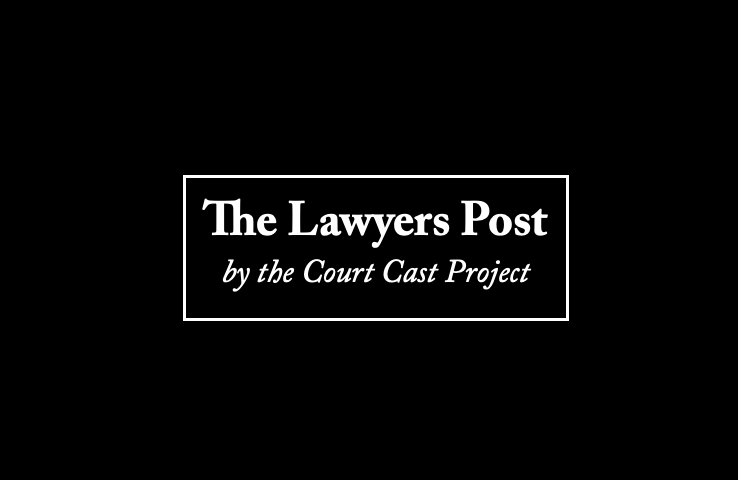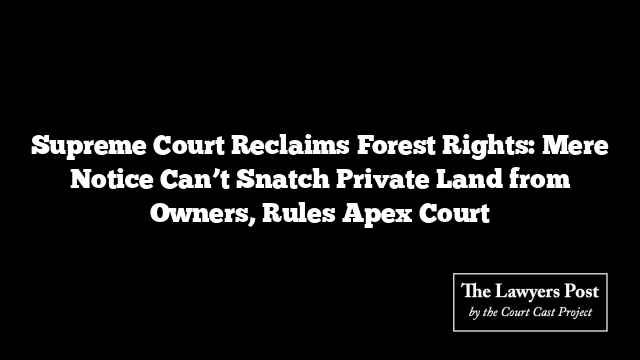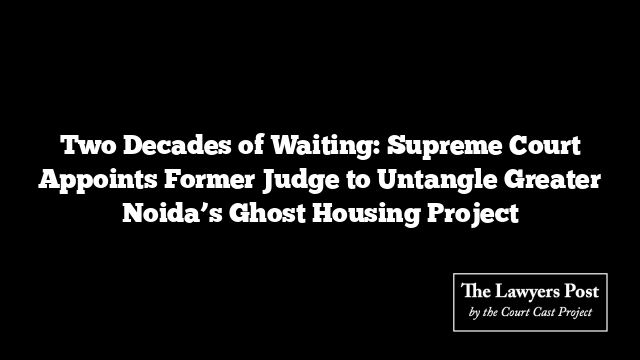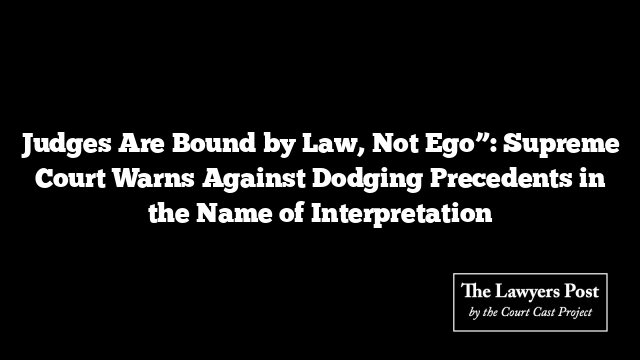In a decisive blow to the State’s sweeping claim over private forest lands, the Supreme Court has struck down a Bombay High Court ruling that had vested ownership of such lands in the Maharashtra government merely on the basis of a notice issued under the Indian Forest Act. The country’s top court restored ownership to private landholders, reaffirming that procedural shortcuts cannot override property rights.
A Bench comprising Justice Vikram Nath and Justice Prasanna B. Varale minced no words in rebuking the High Court for sidestepping a binding precedent. “The High Court’s approach amounts to an attempt to avoid a binding precedent rather than to apply it,” the judges observed while allowing a batch of 96 civil appeals filed by affected landowners.
The Long Dispute
The controversy stemmed from writ petitions filed by private landholders who discovered that their properties had been mysteriously tagged as “forest land” in government records—some dating back to the 1960s. The State’s justification? Show-cause notices allegedly issued under Section 35(3) of the Indian Forest Act, followed by Gazette publications and later “Golden Register” entries.
The landowners, however, argued that these notices were never personally served, no inquiries or final notifications were issued, and they continued to possess and use their lands without compensation or interference. Essentially, they contended that the State was using old, incomplete paperwork to claim ownership decades later.
The Legal Core
At the heart of the case lay a single question: Does the mere issuance of a notice under the Indian Forest Act automatically trigger land vesting under the Maharashtra Private Forests (Acquisition) Act (MPFA)?
The Court answered with a clear no. Relying on its earlier decision in Godrej & Boyce Mfg. Co. Ltd. v. State of Maharashtra (2014), it reiterated that an unserved or dormant notice cannot cause private land to vest in the State. The notice must be duly served, and a live, active statutory process must be underway for any vesting to occur.
Supreme Court’s Findings
The apex court noted that in the present batch of cases, none of the legal preconditions were satisfied—there was no proof of personal service of notice, no final notification, no compensation, and no transfer of possession. Administrative annotations or Gazette publications, the Court held, cannot substitute for actual statutory compliance.
The Bench also clarified that later-day administrative records, satellite imagery, or field reports could not retroactively justify a vesting that never legally happened. Mutation entries, it reminded, merely reflect possession—they do not create ownership when statutory requirements are unmet.
The Verdict
Declaring the High Court’s distinction from Godrej & Boyce “artificial and untenable,” the Supreme Court underscored that Article 141 of the Constitution binds all courts to established precedent. “Fidelity to binding precedent and to the statutory scheme admits of no other conclusion than that the impugned order must be set aside,” the Bench ruled, restoring ownership of the contested lands to private holders.
With this judgment, the Supreme Court has reaffirmed a crucial constitutional principle: the State cannot claim property through bureaucratic inertia or procedural vagueness—due process must always prevail.





